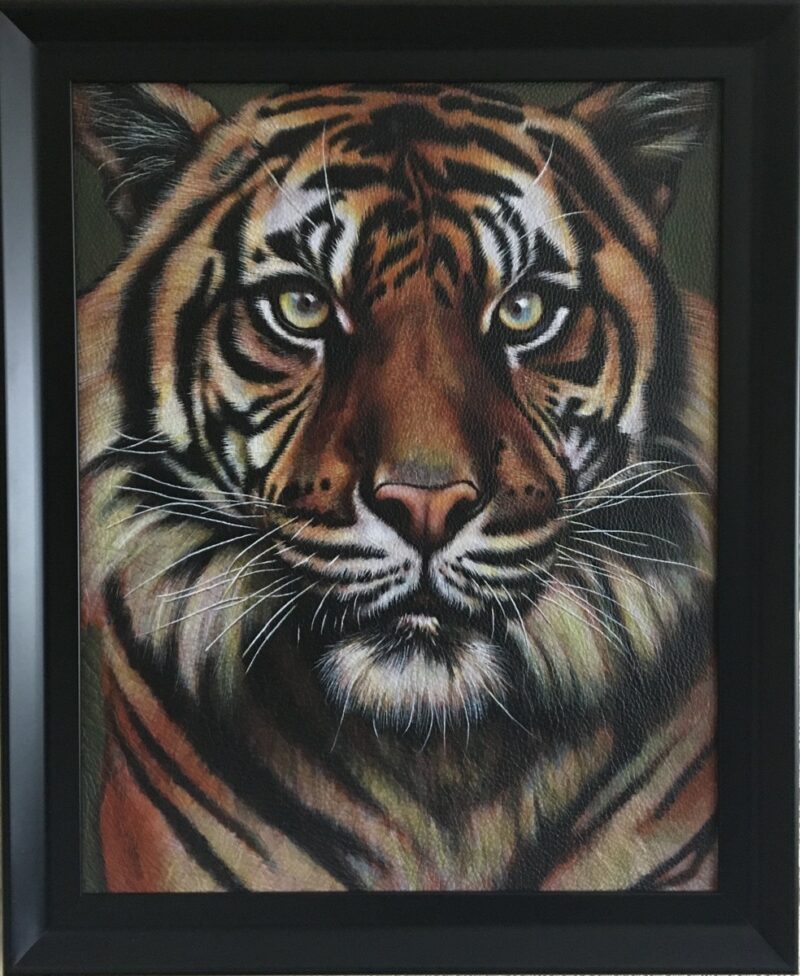
Why do artists paint abstract art?
It is a well-known fact that ever since photography appeared, artists felt less constrained to copy reality in their paintings. Whether they depicted a landscape, a still life composition or a portrait, their input and their own take on the subject started to become the norm in order for the artists to find their own voice.
From impressionism and expressionism to today’s contemporary and mixed media art, the departure from reality has had a sinuous trajectory, from rejection to acceptance by critics and admirers alike. Yet many artists embraced the change in technology, science and philosophy during their time and started to show alternative ways to create an image, culminating with today’s digital art.
Shape, colour, form and line still played a big role in the new take on visual arts, but the idea of freedom of expression gained more and more territory. It is precisely this freedom and the idea of conveying their own emotions in an artwork that appealed and remains appealing to many artists who specialise in this genre.
“I find the abstract pieces much more difficult as the work comes from an idea, shape, notion or colour. Initially in the making I create my own complicated ritual which is essential for the work to develop, as I produce problems which I resolve one by one, during this process I make discoveries which are juxtaposed between experience and experimentation where eventually the painting takes on its own identity and ultimately dictates its own resolution”, says Art2Arts artist Norah Ranshaw.

Abstract is all around us
The question is: how can we interpret a piece of abstract art? While some people reject abstract art all together because for them it is important to know what they are looking at, other people embrace it as they are quite comfortable with interpreting it as they want. They can create their own visual story, starting with the title and finishing off with the composition itself.
If we think of nature and the surrounding environment, abstract is all around us. It is enough to look at the waves and what we see is an ocean of blues, greens and textures that sometimes artists try to capture in their artwork, using various techniques. If we take the waves out of their surrounding context – a seascape scene with sand, maybe boats and buildings – we are potentially looking at an abstract image. Yet we know what it is.
We can do the same when looking at the ground and observing the shades of brown and textures; or looking at the sand by the sea and observing how quickly it changes its texture when hit by a wave; or a fir tree and observe the deep green and the textures of the leaves; a sunset is perfect to observe the various shades of orange, yellow, purple and turquoise and such examples are endless. Yes, abstract is all around us, jut train your eyes to see it.
Next time you are in a gallery…
We know that sometimes abstract art is more complex than that. When artists imagine emotions, this is something personal to them and us, the viewers, may or may not relate to the image. The way we imagine a sound or our favourite music or any emotion may differ from the way an artist imagines the same thing but how can we get to a consensus?
Next time you are in a gallery try spending more time in front of an abstract painting and observe the line and the movement within, the shapes, the colours and the textures. What are they telling you? How about the title, does it give you an indication of what the painting is depicting? Let the artwork speak to you, immerse yourself in the image and try seeing it through the artist’s eye. But abstract art is not limited to what the artist is trying to say; you can imagine your own story based on title and composition and therein lies the beauty of looking at an abstract piece.
